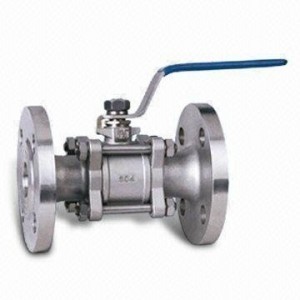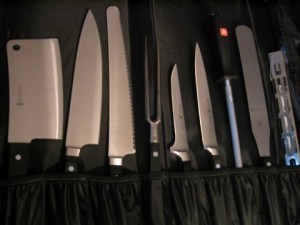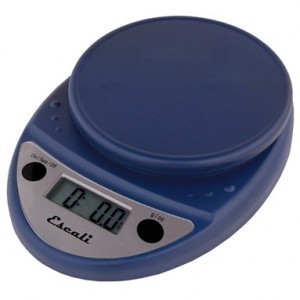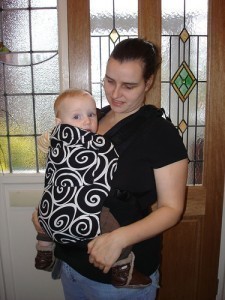Anchor Bolt Nut Dimensions
There are many anchor bolt nut dimensions so they can meet various specifications. The following are just some of the figures you will come across.
Specifications Guide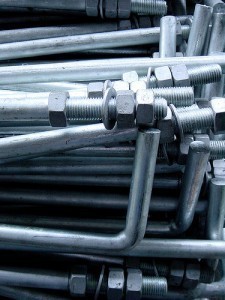
Some of the most common sizes are 1/2 x 8 x 2 x 4, 1-1/4 x 36 x 5 x 12, 1 x 36 x 4 x 12, 1 x 36 x 4 x 6, 7/8 x 18 x 4 x 6, 1 x 36 x 4 x 7 and 7/8 x 12 x 3 x 4. Other sizes are 3/4 x 30 x 4 x 7, 3/4 x 18 x 4 x 6 and 3/4 x 10 x 3 x 4. You can get different specifications from manufacturers and suppliers. Bolts have different part numbers used to identify their dimensions.
Overview
Anchor bolts are designed for connecting fixtures and structures to masonry. Some of the items bolts are used for include hand rails, bridge railings and light posts. Bolts are also used in construction. For instance, stairs and walls are permanently secured to walls and other slabs using different anchor bolt nut dimensions.
The majority of bolts used are at least half an inch in diameter. These specifications provide sufficient tensile strength. The following are some of the most common types used today.
L-hook and J Bolts
Their most distinguishing features are the bends at the end. It is used for holding on to masonry or concrete structures. These bolts are usually cast-in-place. That is, the bolts are placed in concrete immediately after pouring. The bolts remain in position as the concrete starts to cure.
Wedge Bolts
This is used for installing in existing masonry or concrete. An opening is drilled where the concrete will prevent the bolt from swaying. A flat-washer threads in the bolt’s opposing end. After tightening the nut, it is pulled to the nut via the wedge anchor. This will spread the wedge within the concrete and set it place.
Headed Bolts
These are also cast-in place. The bolt is kept in place by a large head at one of its ends. The bolts are secured as the concrete sets. The bolt’s threaded part goes beyond the concrete surface. This is the part that is connected to a nut or washer.
Not only are anchor bolt nut dimensions important, but so is the type. You need to make sure that you are using the appropriate variant. Otherwise, the bolt will not hold.

